What is TV today?
As with everything these days, television is changing rapidly and continues to evolve with new technology, services and digital gadgetry. For decades, how we watched television stayed the same. We’d gather around a box of some sort and tune in to our favorite shows. Cable and satellite came on the scene, but our methods of viewing didn’t budge much. Today, however, not only are behaviors and habits changing, so too has the box with which we watch. In today’s multi-screen age, we can watch anywhere, anytime, with virtually no limits. Let’s look at the current options for how and where we consume our favorite entertainment media.
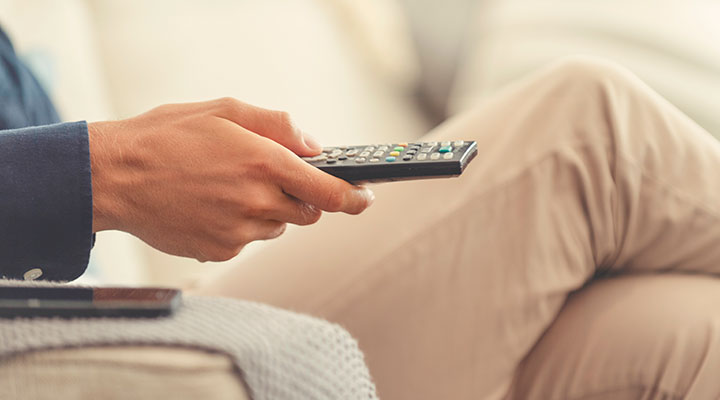
Broadcast TV
Television has been around since the 1920s and continues to evolve to meet the needs of consumers. Broadcast TV signals are transmitted with radio waves, and in the early days most households needed an antenna to watch.
Broadcast television is somewhat limited in its content. For over 35 years, television was dominated by just three major networks: NBC, CBS and ABC. In 1986, Fox broke through and surpassed its main competitors in popularity. Fox also opened the gates for more competition, which would eventually include cable television.
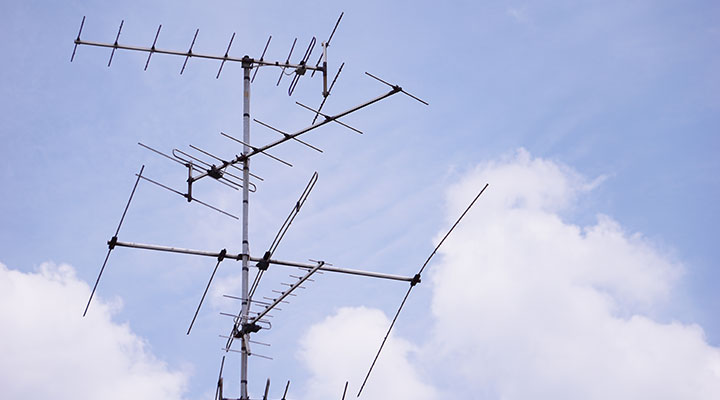
Cable TV
Cable TV has been around since the late 1940s, but it wasn’t until the 1980s that it really took off. Cable TV is like broadcast in that it delivers programming through radio waves. However, households need a coaxial cable, a remote controller and a cable provider. Cable TV usually has better video quality than broadcast television, and a whole lot more options of shows and channels to watch.
Satellite TV
Cable and satellite TV grew up together, and it’s nearly impossible to talk about one without the other. If you were around in the 1980s, you’re sure to remember the surge of satellite dishes popping up on roofs and in backyards. Satellite TV became the most direct competitor of cable, with the biggest difference being the use of a satellite to transmit programming rather than a radio signal. Satellite TV is generally cheaper than cable when sold individually, though costs can vary by provider and location. Cable and satellite TV both require technical installation by a service provider, which then grants access to their lineup of shows, according to which plan you purchase.
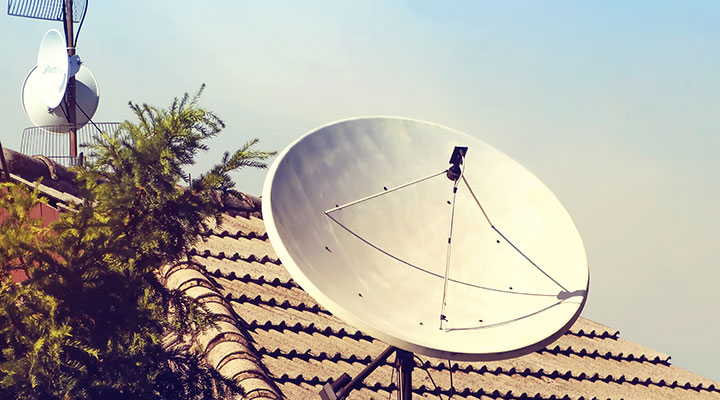
Streaming: A new era of TV
By the 1990s, modems and routers gave more households access to high-speed internet and by the mid-2000s, television programs were made widely available on the internet. The internet created flexibility in how, where and when we watch our favorite shows, sports and movies. No longer network-driven, the internet has created an era of consumer-driven television. Viewers are more in control of what and when they watch. Instead of tuning in at a specified time, we now can stream the content we choose at all hours of the day, from almost anywhere.
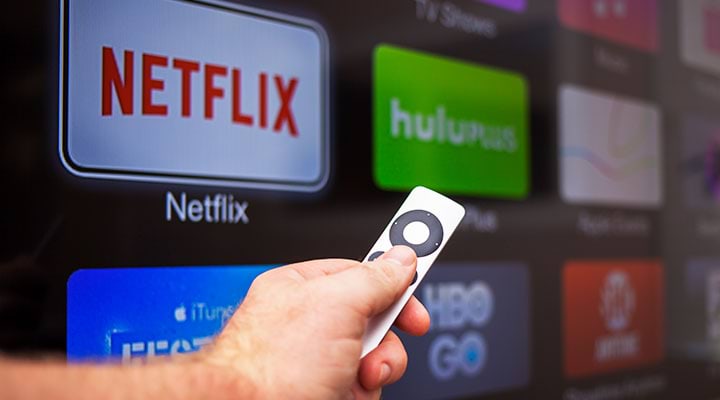
Streaming TV is a continuous stream of content delivered via the internet. There is no dish or cable needed, except of course an internet connection of some type. It functions a lot like regular TV, in that there are channels to choose from, and some shows still air at specific times. But streaming TV offers way more flexibility and choice when it comes to where and when you “tune in.” Most of your streaming TV options do not require contracts, like many cable and satellite providers do, and you can cancel anytime. Additionally, there is no need for professional installation — with a little guidance, you can do it all yourself. The only catch is, there’s so much to choose from, it can be hard to know where to start!
Live TV streaming services: These streaming services function like traditional TV, with live channels, guides, DVR functions and more. Live streaming TV is ideal for viewing the latest games, local content and concerts in real time. Some examples of live streaming services are YouTube TV, Philo, Fubo TV, Sling TV and Vidgo.
Subscription video on demand (SVOD) services: These streaming services have all your favorite shows, movies, documentaries, comedy specials, etc. Rather than airing "live" or at a pre-set time, you select from a library of video content and view your selections "on demand" or anytime you want, on any device. Examples include Netflix, Starz, Hulu, HBO Now, Showtime, and Amazon.
TV for YOU
We’ve come a long way from those three basic channels of the old network days. With all these choices, it can be difficult to make the choice that’s best for you and your family. And, though each service costs far less than a traditional cable or satellite TV package, the expense can add up if you sign up for a ton of services. Fortunately, we have an easy-to-use TV recommendation tool to help you pick the programming and content you want that will be affordable and manageable based on your lifestyle. Answer some questions about your family’s viewing habits and preferences, pick any channels or programs that are important to you, and let the tool come up with TV recommendations customized to your needs. It can be fun to explore the options and select the best package for you!
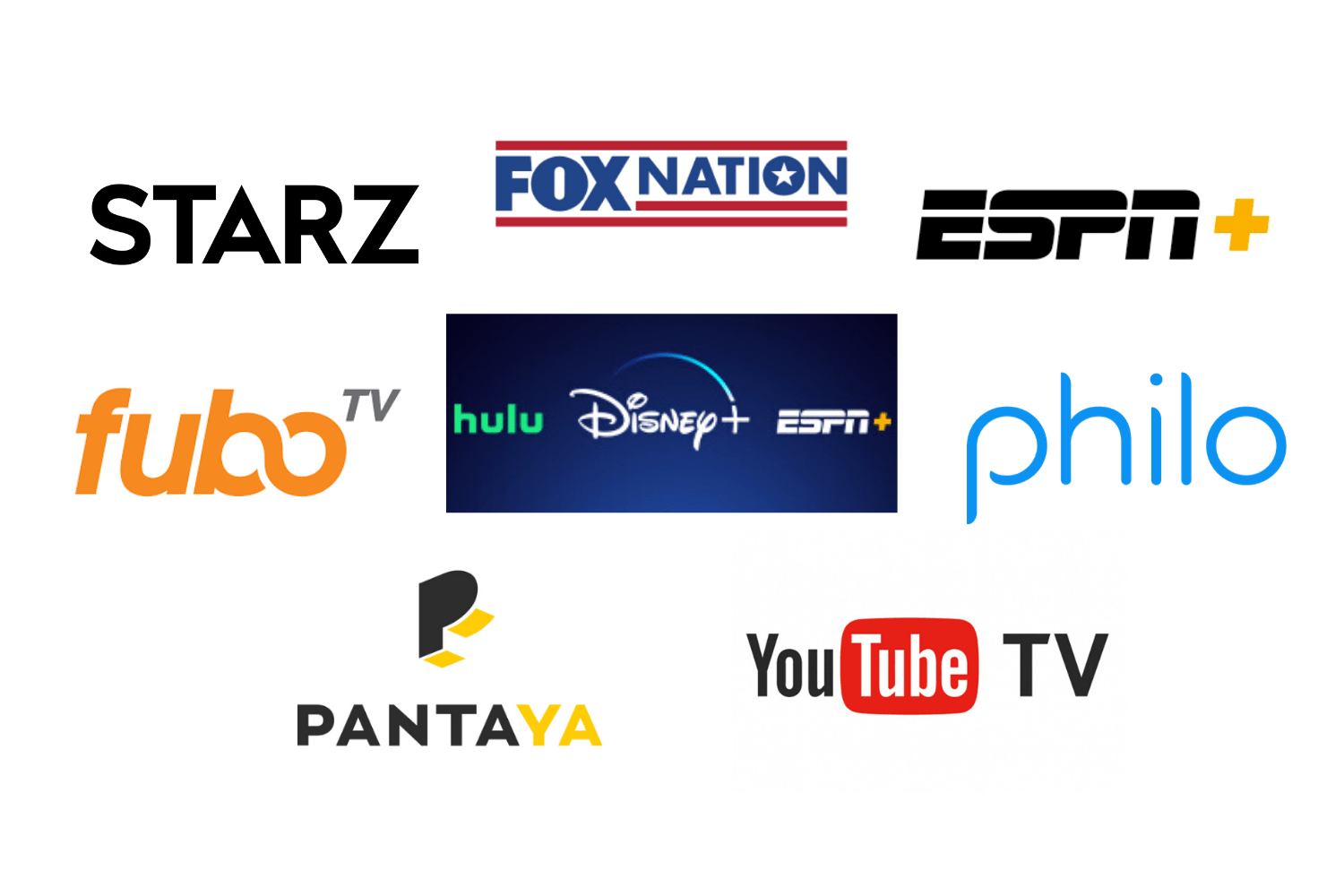
Visit the CenturyLink Streaming TV page to learn more about our partners.
Did you find the help you were looking for today?
Support topics





.png)





